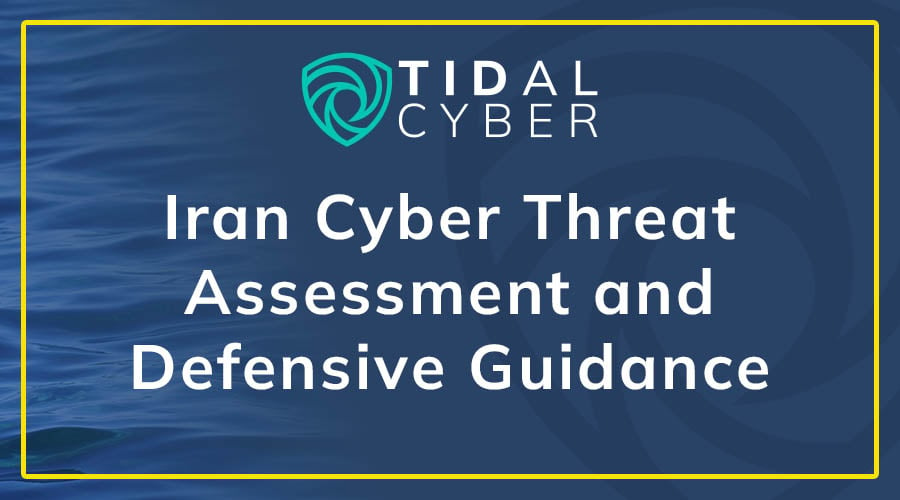As hostilities between Israel and Iran resumed earlier this month, sources warned of cyber activity stemming from the conflict. Recent escalation has likely raised additional concerns (or at least questions) about what threats exist, how likely they are to manifest, and what security teams can do to defend against them.
Following Israeli airstrikes on Iranian military and nuclear facilities in mid-June, some intelligence sources reported an immediate surge in cyberattacks targeting Israel, and even “widespread use of wiper malware” by Iran-backed groups. Other trusted sources downplayed both the threat and impact of recent (alleged) attacks amid widespread internet disruption in Iran.
So what is the actual threat of Iran-linked cyber threat activity in the short term? The answer is very difficult to pinpoint, especially when just consulting public sources. But what we can do is revert to a couple of facts:
- Iran-linked (or at least Iran-aligned) actors have indeed turned to cyberattacks following past escalations in physical conflict in the region.
- These attacks have targeted not just military and government entities, and not just organizations in regional rival Israel, but also a range of (civilian) infrastructure entities, including those in countries perceived to support Israel.
Given these facts, a range of organizations—from defense, government, and critical infrastructure to utilities, financial services, hospitality, and education—should assess their exposure to potential Iran-linked cyber activity, especially if they hold data that could be useful in targeting primary victims. Keep in mind, too, that successful defense against top Iran-linked attack vectors can mitigate attacks from the myriad other actors using similar attack methods, meaning investment in coverage assessments now will pay dividends down the road.
A few general pieces of defensive guidance especially relevant for Iran-linked threats (including suspected Iranian “proxy” cyber actors) are included below. Advanced teams are strongly encouraged to explore and further fine-tune defenses in line with the specific TTPs associated with particular relevant groups highlighted in our previous blog on Iran cyber threats.
- Filter network traffic or implement perimeter blocking, content delivery networks, or dedicated denial-of-service (DoS) mitigation solutions to defend against the DoS attacks leveraged by Iran-aligned proxy and/or “hacktivist” groups.
- Deploy and confirm data backup procedures to protect against wiper and defacement activity tied to Iran state-backed and politically motivated attacks, respectively.
- Implement and validate identity-based controls, including privileged & user account management, strong password policies, & multi-factor authentication to mitigate against the credential theft and phishing attempts favored by Iranian advanced persistent threat groups. And don’t dismiss the value of user awareness & training around the latest Iranian social engineering themes either!
As the geopolitical climate continues to shift, the cyber landscape shifts with it—often quickly, and not always predictably. While attribution and intent can be murky, history tells us that Iranian-linked threat actors have both the capability and the motivation to strike when tensions flare. Now is the time to move from reactive posturing to proactive threat-informed defense and control validation. Review your coverage, revisit your assumptions, and make sure your defenses are mapped to the behaviors that matter most. Even in uncertain times, clarity in how you defend can make all the difference.



